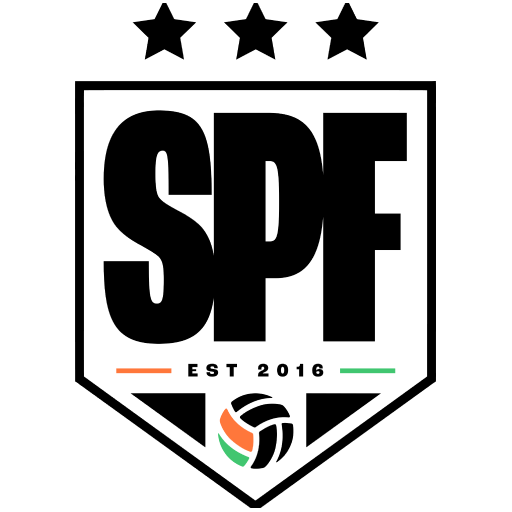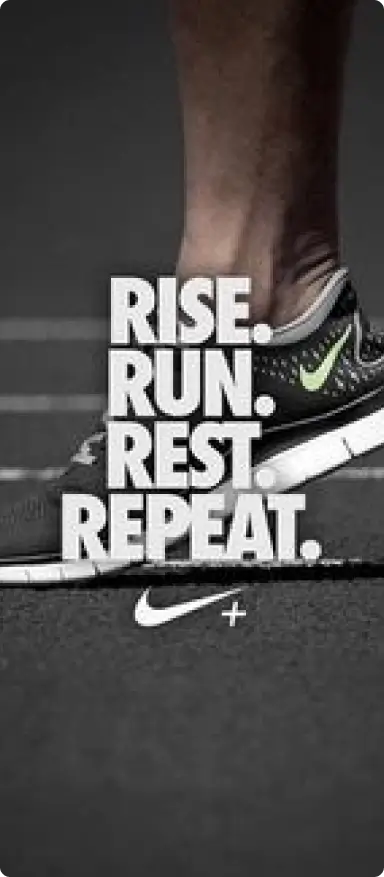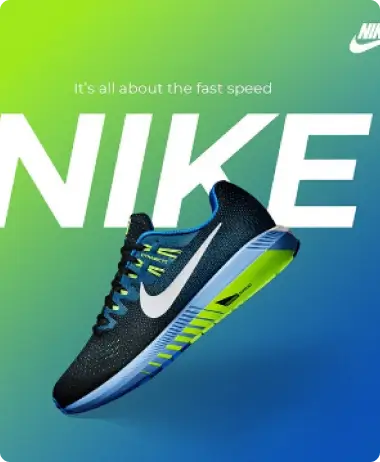Football kits are more than just athletic wear; they embody the culture, legacy, and identity of a club. For fans worldwide, a club’s kit symbolizes pride and loyalty. Over the years, some kits worn by Europe’s biggest football clubs have become so iconic they’ve entered the realm of pop culture. Let’s explore some of the most unforgettable kits from some of Europe’s top teams and the stories behind their legendary designs.
Liverpool (1984) – The Crown Paints Kit
The 1983-84 Liverpool kit, sponsored by Crown Paints, is one of the most recognizable in the club’s history. This red kit with white pinstripes became iconic as Liverpool completed a historic treble by winning the English league, the League Cup, and the European Cup. In this jersey, Liverpool defeated AS Roma in a penalty shootout to win the European Cup final in Rome, a dramatic and memorable match for the club. The simplicity of this kit, paired with Liverpool’s dominance in the 1980s, has made it a cherished classic, representing Liverpool’s golden era.
Manchester United (1998-99) – The Treble-Winning Kit
Manchester United’s 1998-99 kit holds a special place in football history, marking one of the club’s most successful seasons under Sir Alex Ferguson. In this striking red home shirt with a black-and-white collar and the iconic Umbro logo, United won an unprecedented treble: the Premier League, FA Cup, and UEFA Champions League. The final Champions League game saw United score two late goals to defeat Bayern Munich, securing their place in history. This kit has become a favourite among fans, symbolizing a golden era for the club and a feat that few clubs have managed to replicate.
AC Milan (1988-92) – The Invincibles Kit
Few kits are as universally respected as AC Milan’s 1988-92 home strip. The Rossoneri’s famous red and black stripes, simple yet powerful, became synonymous with dominance under coach Arrigo Sacchi. With legends like Paolo Maldini, Marco van Basten, and Ruud Gullit, AC Milan swept domestic and European competitions, winning back-to-back European Cups. The kit, produced by Kappa, embodied Milan’s tactical sophistication and style. For fans, this kit represents a time when AC Milan’s philosophy redefined European football, with elegance, grit, and invincibility at its core.
Real Madrid (2001-02) – The Centenary Kit
Real Madrid’s 2001-02 season celebrated the club’s 100th anniversary with an all-white Adidas kit that was clean, classic, and symbolic of their “Los Blancos” nickname. This minimalist kit was free from any flashy designs, emphasizing Madrid’s pure and prestigious identity. In this kit, Madrid spectacularly won the Champions League, defeating Bayer Leverkusen 2-1 in the final, with Zinedine Zidane scoring one of the greatest goals in European history. The centenary kit encapsulated the club’s elegance and continues to be one of the most cherished kits among fans.
Arsenal (2005-06) – The Highbury Farewell Kit
In 2005-06, Arsenal bid farewell to their iconic Highbury Stadium with a commemorative home kit. Unlike their usual red and white, this special kit was in maroon, a colour reminiscent of their earliest jerseys from the early 20th century. The colour choice, combined with the “Highbury 1913-2006” inscription, paid homage to the stadium that had been Arsenal’s home for 93 years. That season, Arsenal reached the Champions League final, and though they were defeated by Barcelona, the maroon kit has become one of the most beloved in the club’s history, symbolizing both nostalgia and the end of an era.
FC Barcelona (2011-12) – The Pep Guardiola Era
The 2011-12 Barcelona kit is a favourite among fans, associated with one of the most dominant teams in modern football under Pep Guardiola. The home kit’s deep blue and garnet stripes, with subtle yellow accents, became the symbol of an era where Barcelona mesmerized the world with its “tiki-taka” style of play. With stars like Lionel Messi, Xavi, and Andrés Iniesta, Barcelona won the Champions League in this kit, beating Manchester United 3-1 at Wembley. This Nike kit, featuring the first-ever sponsor (Qatar Foundation) on Barcelona’s jersey, marked a historic shift and is now an emblem of one of the greatest teams ever assembled.
Bayern Munich (2012-13) – The Treble Kit
Bayern Munich’s 2012-13 all-red Adidas kit is deeply symbolic for the Bavarian giants. Bayern won an extraordinary treble in this kit, capturing the Bundesliga, DFB-Pokal, and Champions League titles. Managed by Jupp Heynckes, Bayern played an aggressive, precise style of football that saw them defeat rivals Borussia Dortmund in the Champions League final at Wembley. The all-red kit, simple yet commanding, remains a favourite among fans, symbolizing Bayern’s dominance and the culmination of Heynckes’ illustrious managerial career.
Paris Saint-Germain (2013-14) – The Qatari Investment Era
The 2013-14 season marked a new era for Paris Saint-Germain, as the club began its transformation under Qatar Sports Investments’s (QSI) ownership. This kit featured a modern twist on PSG’s classic design: a large vertical white stripe on a dark blue background, flanked by red accents. The kit, symbolizing both tradition and ambition, came to represent PSG’s growing status as a European powerhouse. With stars like Zlatan Ibrahimović leading the line, this kit marked PSG’s transition from a domestic club to one with continental ambitions, signalling the start of an era of heightened expectations.
Football kits serve as windows into a club’s history, identity, and cultural impact. Each iconic kit mentioned here has left a lasting legacy, symbolizing not only a period of success but also the unique characteristics that define these legendary clubs. From AC Milan’s dominant stripes to Barcelona’s unforgettable Guardiola-era colours, these kits represent milestones in football history. As the game evolves, so too will kit designs, but these classic jerseys will always hold a special place in the hearts of fans worldwide.






